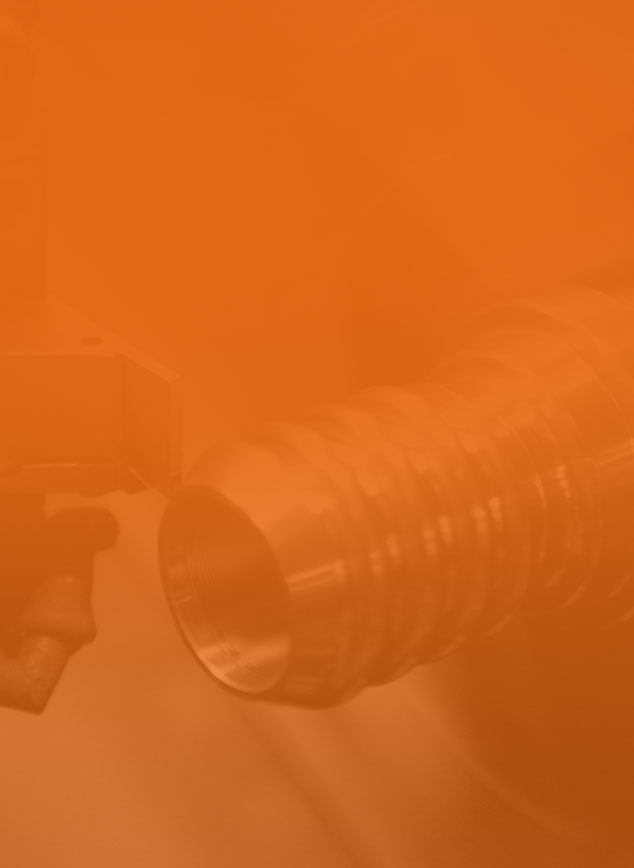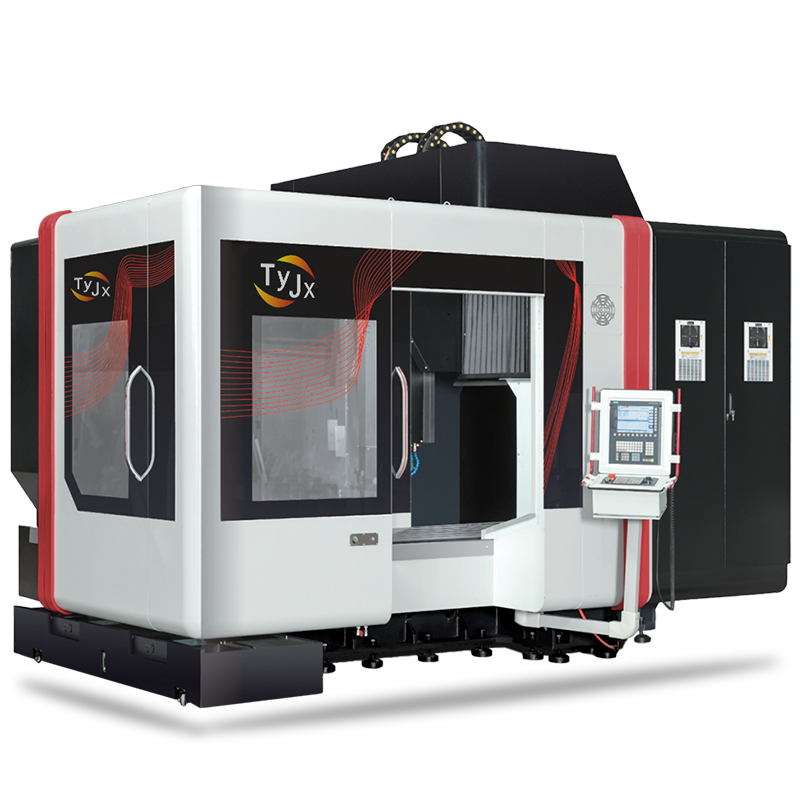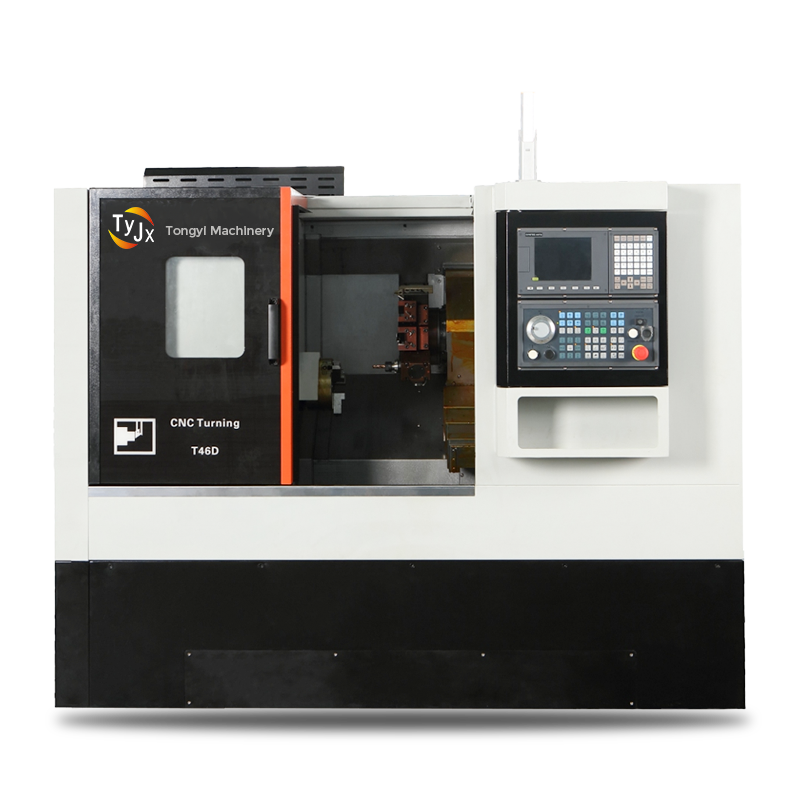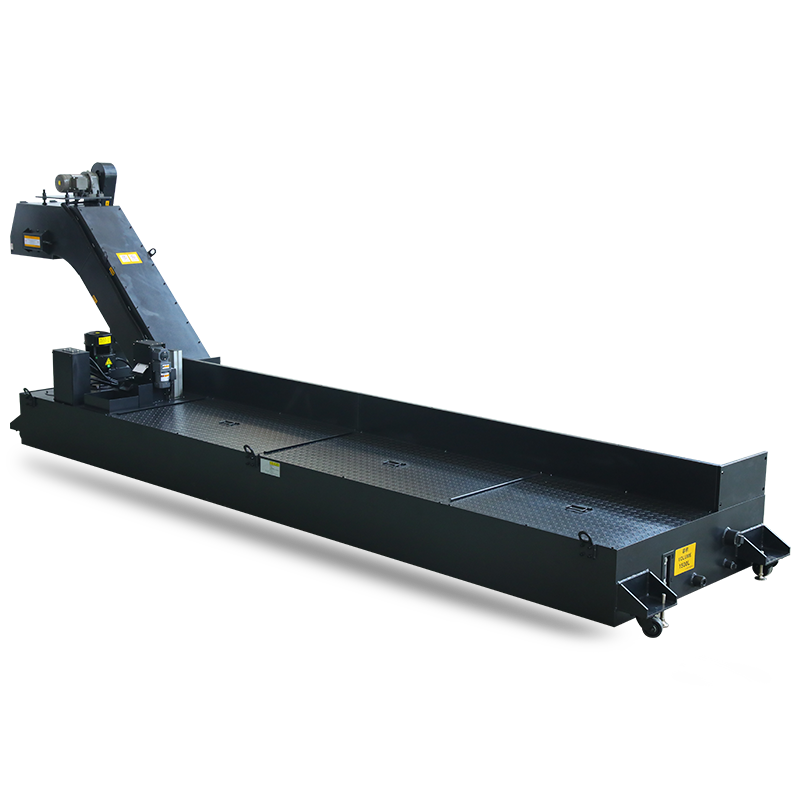GEAR RUBBING MACHINE
Our goal is to provide customized solutions for the market and customers
 READ MORE
READ MORE

Our goal is to provide customized solutions for the market and customers
 READ MORE
READ MORE

Our goal is to provide customized solutions for the market and customers
 READ MORE
READ MORE
 READ MORE
READ MORE
Industry Experience
Modern Factory
Staff
Technician
 READ MORE
READ MORE


 READ MORE
READ MORE


 READ MORE
READ MORE


Provide you with the latest enterprise and industry news
The workpiece stability and clamping effect of automatic double-sided lathes are key factors in ensuring machining accuracy and machining quality. In order to effectively ensure the stability and clamping effect of the workpiece, the lathe has been optimized in many aspects such as structural design, fixture selection, and automation control.The structural design of automatic double-sided lathes usually uses a relatively sturdy and stable base and support system. The base of the lathe is generally made of high-strength steel or cast iron material, which can effectively reduce the impact of external vibration on the processing process. The heavy-duty base can provide good support, so that the lathe can maintain a stable working state during a long period of processing, avoiding processing errors caused by deformation of the lathe body or uneven stress.The fixture design of the lathe plays a crucial role in the stability of the workpiece. Automatic double-sided lathes often use special fixtures to fix the workpieces, and the choice of fixtures directly affects the clamping effect and stability of the workpieces. In order to avoid loosening or deforming the workpiece due to improper clamping, the fixture usually uses a high-precision positioning device and a strong clamping mechanism. Through reasonable fixture design, the workpiece can be ensured not be moved by external forces during the processing process, ensuring machining accuracy.In automatic double-sided lathes, the force control of the clamping device is particularly important. By accurately adjusting the clamping force, the workpiece can be avoided from being deformed due to excessive clamping or loosening due to insufficient clamping. Some advanced automatic double-sided lathes are also equipped with torque sensors or pressure sensors. By monitoring the changes in clamping force in real time, ensuring that the clamping force is always within the optimal range, further ensuring the stability of the workpiece.In order to further improve the stability of the workpiece, some automatic double-sided lathes also adopt automatic positioning and automatic centering technology of workpieces. These technologies can monitor the position of the workpiece in real time through a vision system or a laser positioning device to ensure that it is always in the correct processing position during the processing process. If any position deviation occurs during the processing process, the system will automatically adjust or prompt the operator to correct it, thereby effectively avoiding machining errors caused by position deviation.The automatic control system of automatic double-sided lathe also plays a key role in ensuring workpiece stability and clamping effect. Through the precise CNC system, the lathe can monitor the changes in various parameters during the processing process in real time, including clamping force, workpiece position, processing pressure, etc. Real-time feedback of these data can help operators quickly detect and resolve potential clamping instability or loose workpieces, improving overall machining reliability and safety.
Vertical machining center machine is a kind of high-precision machining equipment widely used in modern manufacturing industry. In order to ensure that the equipment can maintain high precision during high-speed machining, vertical machining center machine usually adopts a series of technical design and optimization measures. These measures can not only improve the stability of the equipment, but also ensure that the machining accuracy will not be affected by vibration, heat or other factors during the machining process.The design of vertical machining center machine pays special attention to rigidity. The rigidity of the machine tool directly affects the stability of the machine tool during the machining process. In order to reduce the deformation during machining, the frame and structure of the equipment usually adopt high-rigidity materials, and the rigidity of the whole machine is enhanced by optimizing the structural design. In this way, during high-speed machining, the machine tool can withstand large cutting forces without deformation, thereby avoiding the decrease in precision caused by the deformation of the machine tool.The spindle system of the vertical machining center machine is one of the cores to ensure the accuracy during high-speed machining. The high-precision spindle not only requires high speed, but also needs to remain stable during long-term operation. To achieve this goal, many vertical machining center machines use precision bearing systems and high-quality spindle materials. These designs can reduce the temperature rise and friction of the spindle, ensuring that the spindle does not produce excessive vibration or heat accumulation when running at high speed. High-quality bearings can effectively reduce the spindle runout, so that the spindle maintains precise rotation, thereby ensuring that the relative position between the tool and the workpiece does not deviate during the machining process.The guide rail system of the equipment is also the key to maintaining machining accuracy. In order to ensure that the equipment can accurately control the tool movement during high-speed machining, the guide rails of the vertical machining center machine use high-precision rolling guides or oil film guides. These guide rails can reduce friction and ensure that the machine tool can adjust its position smoothly and accurately when running at high speed. In addition, the design of the guide rail system will take special considerations to reduce vibration, especially during high-speed cutting, the stability of the guide rail is directly related to the maintenance of machining accuracy.The temperature control system also plays an important role in ensuring high-speed machining accuracy. During high-speed machining, various components of the machine tool, especially the spindle and motor, will generate a certain amount of heat. If this heat cannot be dissipated in time and effectively, the thermal expansion of the equipment will affect the accuracy of the machine tool and cause machining errors. In order to avoid this situation, many vertical machining center machines are equipped with efficient cooling systems, which dissipate heat in time through liquid or air cooling, keep the temperature of the equipment within a stable range, and prevent thermal deformation from adversely affecting machining accuracy.The control system of the vertical machining center machine is also an important part of ensuring high-speed machining accuracy. Modern CNC systems not only have high-precision machining program control functions, but also can monitor the operating status of the equipment in real time. Once a small error occurs, the system can adjust the parameters in time to ensure stable accuracy during the machining process. The CNC system can also perform self-correction during the machining process to adapt to different workpieces and machining requirements, thereby further improving the machining accuracy.To further ensure accuracy, vertical machining center machines may also be equipped with high-precision measurement systems. These systems can detect the size and shape of the workpiece in real time during the machining process. Once an error is found, the system will automatically adjust the machining path and process parameters to ensure that the final workpiece meets the design requirements. The use of the measurement system makes high-speed machining no longer rely solely on manual inspection, but monitors the machining process in an automated manner, further improving the reliability of machining accuracy.
Automatic double-sided lathes play an important role in modern manufacturing, especially in improving processing speed and efficiency. Through innovative design and efficient working methods, it optimizes the processing process of traditional lathes, making mass production and high-precision processing possible. The processing speed and efficiency of this equipment have become the key factors for its widespread application in many industries.One of the core advantages of automatic double-sided lathes is the ability to process both surfaces of the workpiece at the same time. This design reduces the time required for processing. On traditional single-sided lathes, it is usually necessary to flip the workpiece or set it up multiple times in order to process different surfaces. The automatic double-sided lathe greatly improves production efficiency by processing both sides at the same time. The workpiece does not need to be repeatedly positioned or flipped during processing, which reduces the downtime of the production line and improves the overall processing speed.Automatic double-sided lathes are equipped with advanced automated control systems that can monitor the processing process in real time and automatically adjust the processing parameters to ensure that the workpiece is processed with high quality in the shortest time. This intelligent control enables the equipment to automatically optimize the processing plan according to the different characteristics of the workpiece, reducing the need for manual intervention and avoiding production delays caused by improper human operation. Compared with traditional manual operation or partially automated equipment, the fully automatic control system of the automatic double-sided lathe can effectively increase the processing speed and ensure the processing quality and efficiency of each workpiece.The automatic double-sided lathe also has strong adaptability and can maintain stability when running at high speed. This means that even in long-term continuous work, the equipment can continue to perform efficient processing without obvious precision loss or failure. When traditional equipment is running at high speed, the processing accuracy may decrease due to factors such as vibration and tool wear, thereby affecting the overall efficiency. The automatic double-sided lathe can maintain high precision during high-speed processing through precise design and strong stability, reducing the time for maintenance and adjustment, so that the equipment can complete more work tasks in a shorter time.The processing efficiency of the automatic double-sided lathe is also reflected in its multi-process processing capabilities. The equipment is usually able to integrate multiple processing operations, including turning, milling, drilling and other operations. This versatility means that the workpiece can complete multiple steps on the same equipment during the processing process, without multiple machine changes or manual operations, which further saves time and labor costs. Especially when processing complex workpieces, the automatic double-sided lathe can efficiently integrate various process requirements, reduce the circulation time of workpieces in the production line, and improve overall production efficiency.
Launch your project from a free price list tailored to your needs.
Copyright © Hangzhou Tongyi Machinery Co., Ltd. All rights reserved.
